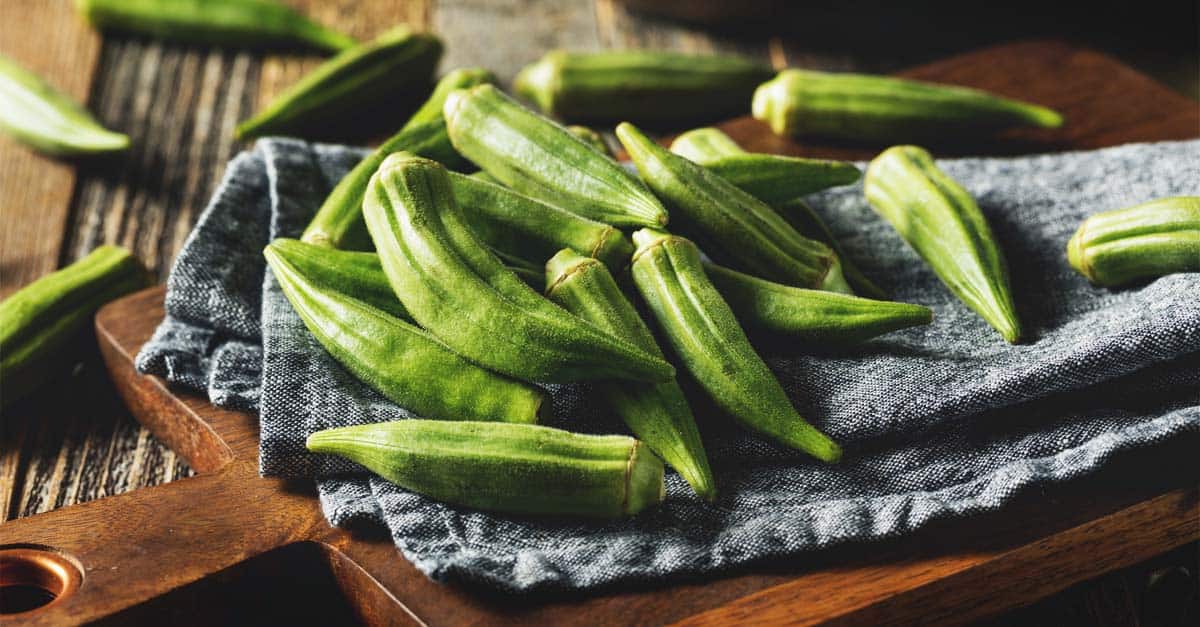

It prefers a soil temperature of at least 20 ☌ (68 ☏) for germination, which occurs between six days (soaked seeds) and three weeks. In cultivation, the seeds are soaked overnight prior to planting to a depth of 1–2 centimetres ( 3⁄ 8– 13⁄ 16 in). It is among the most heat- and drought-tolerant vegetable species in the world and will tolerate soils with heavy clay and intermittent moisture, but frost can damage the pods. The fruit is a capsule up to 18 centimetres (7 in) long with pentagonal cross-section, containing numerous seeds.Ībelmoschus esculentus is cultivated throughout the tropical and warm temperate regions of the world for its fibrous fruits or pods containing round, white seeds. The pollens are spherical and approximately 188 microns in diameter. The flowers are 4–8 centimetres ( 1 + 5⁄ 8– 3 + 1⁄ 8 in) in diameter, with five white to yellow petals, often with a red or purple spot at the base of each petal.

The leaves are 10–20 centimetres (4–8 in) long and broad, palmately lobed with 5–7 lobes. As a member of the Malvaceae, it is related to such species as cotton, cocoa, and hibiscus. The species is a perennial, often cultivated as an annual in temperate climates, often growing to around 2 metres (6 ft 7 in) tall. From Arabia, the plant spread around the shores of the Mediterranean Sea and eastward. One of the earliest European accounts is by a Spanish Moor who visited Egypt in 1216 and described the plant under cultivation by the locals who ate the tender, young pods with meal. The plant may have entered southwest Asia across the Red Sea or the Bab-el-Mandeb strait to the Arabian Peninsula, rather than north across the Sahara, or from India.

The Egyptians and Moors of the 12th and 13th centuries used the Arabic word for the plant, bamya, suggesting it had come into Egypt from Arabia, but earlier it was probably taken from Ethiopia to Arabia. The geographical origin of okra is disputed, with supporters of Southeast Asian, South Asian, Ethiopian and West African origins.

Truly wild (as opposed to naturalised) populations are not known with certainty, and the West African variety has been described as a cultigen. However, proposed parents include Abelmoschus ficulneus, A. tuberculatus and a reported "diploid" form of okra. Okra is an allopolyploid of uncertain parentage. Despite the fact that in most of the United States the word gumbo often refers to the dish, gumbo, many places in the Deep South may have used it to refer to the pods and plant as well as many other variants of the word found across the African diaspora in the Americas. The word gumbo was first recorded to be used in American vernacular around 1805, deriving from Louisiana Creole, but originates from either the Umbundu word ochinggômbo or the Kimbundu word ki-ngombo. The first use of the word okra (alternatively okro or ochro) appeared in 1679 in the Colony of Virginia, deriving from the Igbo word ọ́kụ̀rụ̀. Abelmoschus is New Latin from Arabic أَبُو المِسْك (ʾabū l-misk, “father of musk”), while esculentus is Latin for being fit for human consumption.


 0 kommentar(er)
0 kommentar(er)
